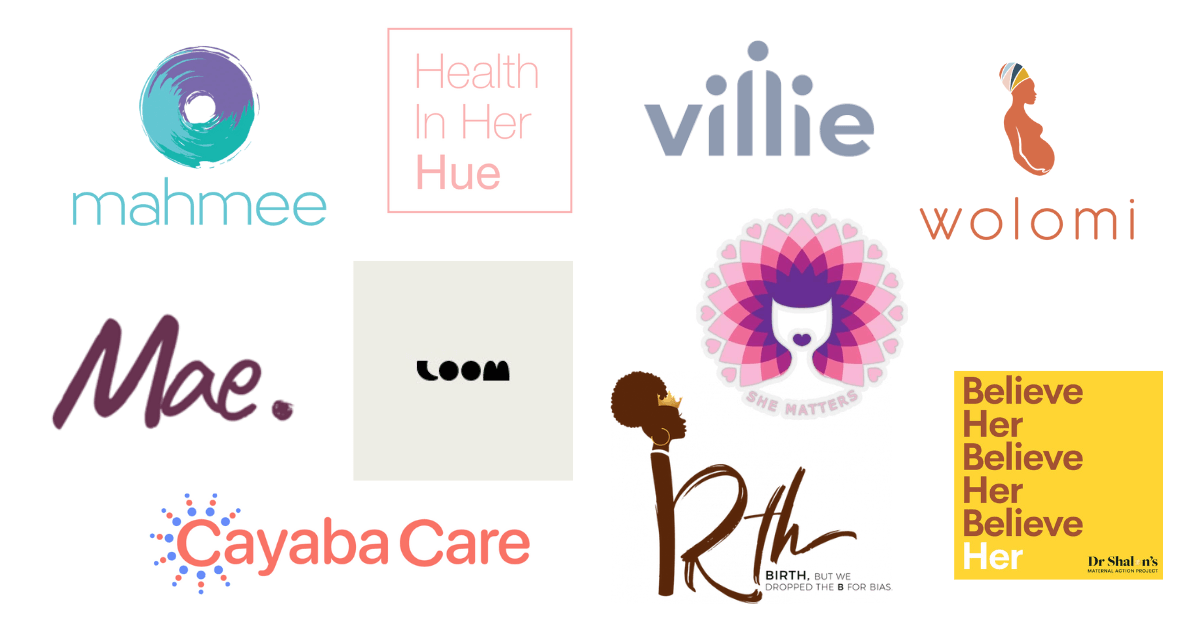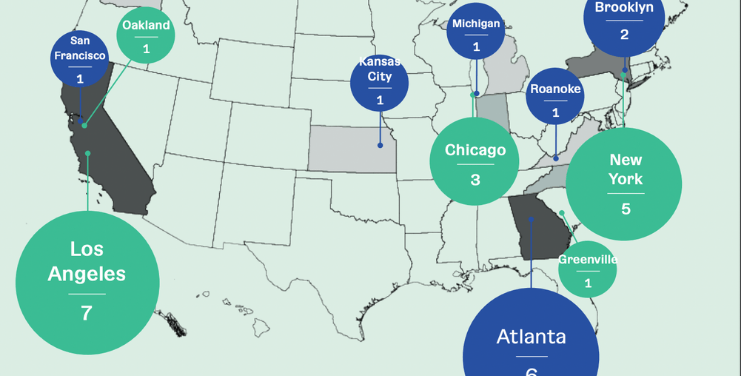Last month, Intel, nap Inc., Nasdaq, Dell Technologies and NTT DATA launched the Alliance for Global Inclusion, a growing collection of company data used as a benchmark to track diversity and inclusion improvements on a bi-annual basis, pledging to publicize their progress on diversity.
In January, Intel approached companies to participate in their collection of diversity data. Thirteen companies participated in the inaugural index, which tracks progress across four key areas: leadership, language, product development and STEM. The metrics are important two-fold. Firstly, it gives us a measure of success or lets us know if we’re not successful. Secondly, it holds us accountable to ourselves and the industry and that is the beauty in transparency, Dawn Jones, Intel’s Chief Diversity Officer, told The Plug.
Transparency is a way to hold people accountable not only to their employees but to investors, customers and the industry as a whole to continue to drive this work and make an impact, she said. Intel and the initial four partnering companies are looking to increase the number of participating companies to get a better dataset as subsequent indices are released. The surveys will document what the issues are and lessons from companies that are both failing and excelling at DEI initiatives.
As more companies participate and get tracked over time, patterns from their data will fuel new DEI goals. For instance, if a company is consistently missing the mark, the Alliance will use data and learnings from more successfully inclusive companies to craft solutions for companies that continue to struggle. We will provide open-source content. Individual companies may have a great program they’re running and can share that data so others can learn from it and accelerate, Jones said. They don’t have to make all the mistakes or face all the challenges they will have this product and say ‘okay, this can be our new starting point on what we’re trying to accomplish.
The Alliance allows companies to set specific time-sensitive diversity goals on their own. For instance, Intel’s diversity goals include its ‘rise 2030’ initiative to double the number of diverse leaders and increase the number of women in technical roles by 40 percent by 2030. A more short-term goal is to increase the number of African American employees overall by 30 percent by 2023. Although the diverse talent for companies to pull from already exists, the ongoing challenges around recruiting, inclusion and retention may continue to skew numbers and negatively impact diversity deadlines.
We know in this work transparency is key but it does not equate to you having great numbers. It is always difficult to know that you have been working on solutions and your numbers may not reflect that, Jones said. One of the reasons we’re coming together is to determine that If we work on shared solutions, will that change any of the data and the numbers that are coming out of the work.
A continuation of the work is having the whole organization own the task to take up DEI causes. It’s critical that we understand that this work doesn’t sit in the diversity and inclusion office at most of our companies, what I mean by that is our company cultures need to reflect it, and it needs to be embedded in systems, Jones said. Alliance companies had the support of their CDOs but also went to CEOs and gained buy-in, which is huge. To get your CEO to say ‘hey I think it’s valuable I think the collaborative effort is where we need to go’.








